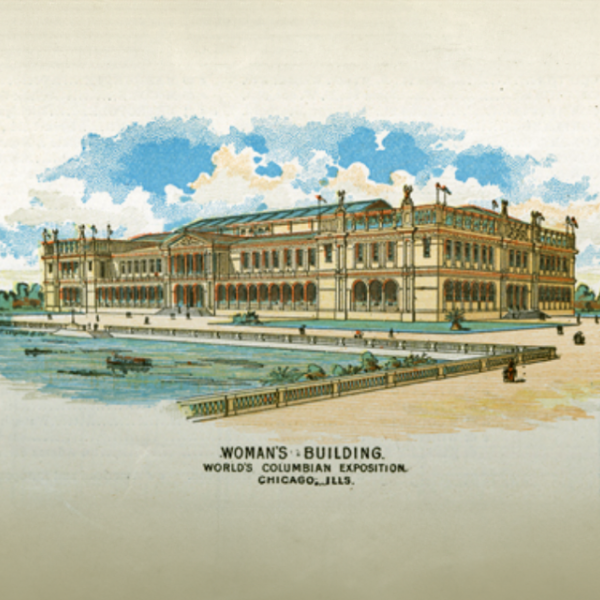Composer Christopher Stark’s chamber opera “Sanguine” is informed by historical literature and images from the American West, including Dorothea Lange’s photographs for the Farm Security Administration.
Interview with composer Christopher Stark
Growing up in rural western Montana, says composer Christopher Stark, was like growing up “in airplane mode.” His hometown of Polson, located on the Flathead Indian Reservation and nestled at the base of a range of the Rocky Mountains, claims a population of 4,488 people. That sense of isolation allowed him the space to derive his own thoughts and feelings about music and creativity, says Stark, an assistant professor in the Department of Music. “Isolation can often lead to naïve viewpoints, but it can also nurture interesting and different perspectives,” he says.
Sanguine, the title of the chamber opera you’re currently working on, can mean “optimistic” or a “blood-red color” — what were you thinking about when you named your opera? How does the storyline reflect the title?
Sanguine is a working title, and there is a strong possibility that it will change as the story and music develop. In short, I like the word. I think it’s evocative. I think the human predisposition to create feelings of hope and optimism in the face of difficulty is a fascinating subject and one that can possibly describe how rural farmers and migrant workers were able to persevere during the Great Depression and the Dust Bowl.
As you’re writing the libretto, you’re consulting Depression-era public archives such as the Folklore Project of the Federal Writers’ Project, funded by the Works Progress Administration, and the Farm Security Administration’s photography collections, which includes iconic images such as Dorothea Lange’s “Migrant Mother.” How have these stories inspired you?
The photographs are truly remarkable. Lange’s “Migrant Mother” was the work that started me down this path, and after digging through more of these fabulous archives, I have also fallen in love with Walker Evans’ photographs. Both artists were bold enough to showcase the intimacy of individual people’s lives, and because of this, their work is profoundly deep, visceral and emotional. It’s still slightly unfathomable to me that the government hired artists to document this pivotal time in American history. It’s a stroke of genius. Like all great art, the work survives, and it continues to promote important ideas about the perils of unpredictable climates, corporate greed, mass migration, etc.
How do you tell this story through the music?
The honest answer is that it’s very difficult, and often impossible, to tell a story through music alone. Music is, fortunately and unfortunately, an abstract medium. With that said, there are many ways of holding someone’s attention with sound. For example, one could juxtapose familiar and unfamiliar patterns or create dramatic changes in volume, but, ultimately, storytelling typically happens through the more concrete art forms, such as poetry or visual art. The music will hopefully add additional layers of complexity and meaning to the narrative, but the libretto will convey the story.
What is the biggest challenge in creating a new work of music?
For me, it is finding a way into the emotional core of the idea that is inspiring the new work. If I am creating from a place of true authenticity, interest and passion, then I believe the work has a shot of surviving. If I can’t find my way into that core, which happens often, then the work has little chance of resonating. Perhaps the thing I love most about music is the intangibility of its power. Have you ever felt when a piece of music is resonating with an audience? There’s almost a palpable humidity that emanates from the audience’s captivation. I have felt that, and it is a truly special sensation. I am always chasing that feeling.





